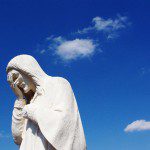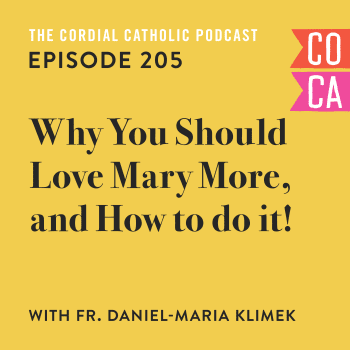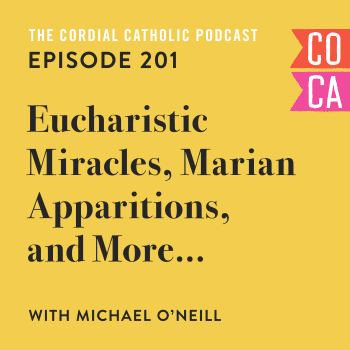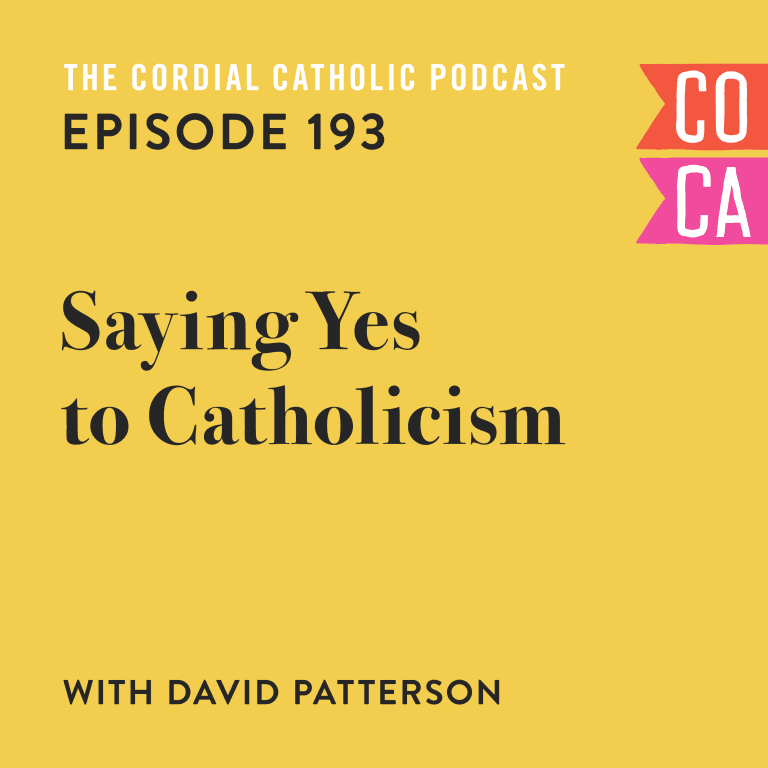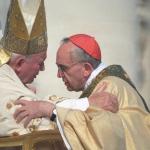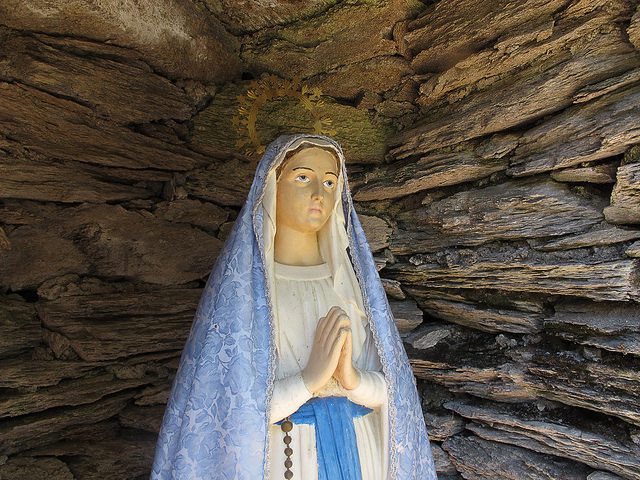
There were, admittedly, a myriad of reasons why I decided to become a Catholic but perhaps nothing drew me in in the same sort of fascinating way as the Marian miracles of Lourdes.
As an Evangelical, I struggled mightily to explain miracles associated with the Virgin Mary.
In the framework of my Evangelical faith Mary was seen as a holy vessel—a vehicle for Christ’s appearance on earth—but nothing more.
Mary is not held in any particular esteem in Evangelical circles so for me, an Evangelical, the notion that Mary would be behind a miracle, in any form, was preposterous. Bordering on idolatry.
But, as they say, the struggle is real and the more I learned about the supposed miracles of Mary the more I struggled to explain them away.
I Am The Immaculate Conception
Some groundwork first.
In 1854, Pope Pius IX dogmatically defined the “Immaculate Conception.”
With his promulgation of a papal pronouncement, Pius raised the doctrine of Mary’s sinless conception to the height of infallible Catholic teaching. That is, all Catholics must believe it and, according to the tenets of the Church, it is wholly true and accurate.
Not to be confused with the Virgin Birth, the Immaculate Conception asserts that Mary herself was conceived by her mother without sin. Protected from the “stain of sin” so that she could bear the God-man, Jesus.
While not defined until a late date, scholars can trace the belief back as early as the 5th century when celebrations of various feasts commemorating Mary’s sinless conception were observed in the Eastern and Western churches. The belief itself was widespread by the 19th century and when a survey of Catholic bishops around the world was commissioned, before Pope Pius made his declaration, nearly 100% answered that their local congregations held this doctrine to be true.
What Happened at Lourdes (Didn’t Stay at Lourdes)
It was in 1858, four years later, that a 14-year old peasant named Bernadette Soubirous first claimed to have observed an apparition of the Virgin Mary in Lourdes, France.
Remarkably, what did Mary introduce herself as?
According to Soubirous she said, “I am the Immaculate Conception.”
A doctrine dogmatically defined only four years earlier—seemingly confirmed by Mary herself.
Of course, Soubirous’s account would be a footnote in history if it were not for the miracles which have followed in the wake of Mary’s alleged appearance. But miracles have indeed followed. And this is where my struggle begins.
In fact, Lourdes has an overwhelming body of evidence to support the miracles which have taken place there.
The Lourdes Medical Bureau, an organization whose mission is to examine and rule on possible miracles at Lourdes, runs an incredibly rigorous and scientific operation. With several doctors on site to perform initial examinations once a miracle is claimed to have taken place, the full-scale bureau, a panel of 40 expert doctors from around the world, ultimately convenes to make medical determinations.
Incredibly, the team of medical experts have recorded 69 miracle healings which, in their opinion, science cannot currently explain.
My favourite? The gentleman who grew back the bones in his leg after suffering a terrible break.
The Struggle of the Miracles at Lourdes
But now we come to the crux of the thing, and here’s where the struggle manifests in earnest.
As an Evangelical, I couldn’t come to terms with the narrative as it unfolded.
Mary appears, declaring herself as “the Immaculate Conception” and verifiable miracles follow.
Either the miracles are fake (which science says they are not) or Mary is a liar. Or Mary never appeared? Or the miracles are fake?
Or…?
I was at a loss, and I still am.
If Mary is who my Evangelical faith tradition says she is—a holy vessel but nothing more—than how do we explain Lourdes?
How do we explain the fact that Mary allegedly appeared to a young peasant girl, asserted dogmatically defined doctrine (which Evangelicals don’t subscribe to), and followed it up with a century and a half of miracles?
How?
I tried, at first, to say that God is merely condescending to Catholic piety and promulgating miracles in spite of our misplaced devotion and belief. If this is the case, however, than we’re making God out to be a liar. The miracles began with the assertion, from Mary that, “I am the Immaculate Conception.”
It doesn’t follow logically. Jesus didn’t preface the feeding of the five thousand by proclaiming, “We’re all having burgers!” And then multiply the loaves and fishes.
Looked at from another angle, perhaps we could just discount the appearance of Mary at all? Maybe Mary did not appear, did not say what she supposedly said, but then what of the miracles? They’re verifiable.
Because miracles are, indeed, a thing which God uses to make Himself known.
God, in the Old Testament, used miracles to demonstrate His power over pagan gods and practices. Jesus, in His earthly ministry, performed miracles to reveal His divinity and demonstrate His power. Peter, Paul, and the apostles were given the ability to perform miracles to reveal their particular role in the Kingdom of God. And miracles have followed their successors, and saints of the Church, down through the last two thousand years.
Miracles point to God.
The whole case of Lourdes begs for an explanation.
What did it reveal to me? That nothing in my Evangelical faith tradition could explain what was happening at Lourdes.
As an Evangelical, I could find only sorely inadequate arguments. I was at a loss.
As a Catholic—and I can say the same for my Anglican and Orthodox friends—the explanation was, well, rather straight forward in the end.



